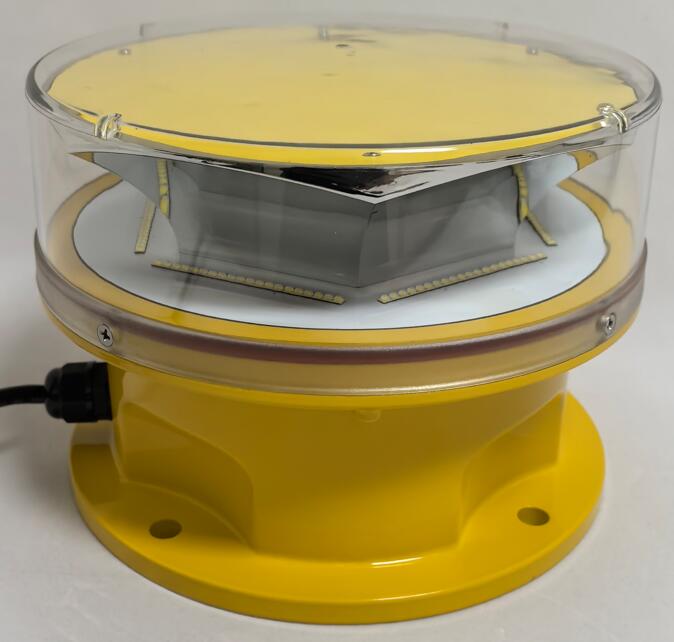In the vast, three-dimensional expanse of the sky, where clear communication is a non-negotiable tenet of safety, a silent yet potent language is spoken. This language uses neither words nor radio waves, but aviation light colors. These hues—predominantly red, white, and green—form a universal chromatic code, meticulously designed to convey critical information instantly and unambiguously to pilots and ground personnel. Understanding this code is fundamental to appreciating the intricate layers of safety and order that define modern aviation.
The use of aviation light colors is not arbitrary; it is a product of rigorous scientific research into human visual perception, atmospheric physics, and operational necessity. The chosen colors must achieve maximum contrast against varied backgrounds, penetrate adverse weather conditions like fog and haze, and be instantly recognizable to the human eye, even in a state of high stress or fatigue. This has led to the establishment of a globally standardized palette, governed by the International Civil Aviation Organization (ICAO) and national bodies, ensuring that a pilot in one corner of the world interprets a red or green light exactly the same as a pilot elsewhere.

The most critical application of this chromatic language is in aircraft navigation lights. This system, a direct inheritance from maritime rules, is a primary means for pilots to determine the position and direction of another aircraft in the sky, especially at night. The standard configuration is simple yet brilliant: a red light is mounted on the left (port) wingtip, a green light on the right (starboard) wingtip, and a white light at the tail. This arrangement allows for immediate situational awareness. If a pilot sees a red light to the right and a green light to the left, they know an aircraft is coming toward them, creating a potential head-on scenario. If they see only a green light, they know the other aircraft is crossing from left to right; if only red, from right to left. The white tail light helps determine if an aircraft is moving away. This system of aviation light colors is a foundational tool for collision avoidance.
On the ground, a different but equally vital set of aviation light colors guides aircraft. Airport taxiway lights are consistently blue, delineating the edges of taxi routes and providing a clear path from the runway to the gate. Runway edge lights, typically white, define the limits of the runway itself. However, the meaning of color changes at the runway threshold. Lights at the beginning of the runway (the threshold) are green, signaling "go," or a safe area for takeoff and landing. Conversely, lights at the end of the runway are red, signaling the end of usable pavement and "stop." This green-for-entry, red-for-exit system provides an intuitive visual flow for pilots during critical phases of flight.
| aviation light colors |
Perhaps the most dramatic use of color is in obstruction lighting. Here, aviation light colors serve as a stark warning. Red is the universal color of caution and danger. Steady-burning red lights are used to mark obstructions like towers and buildings at night, their constant glow a clear hazard identifier. For the most significant obstacles, especially during daytime, high-intensity white strobe lights are employed. Their brilliant, flashing pulse is designed to capture attention against a bright sky. Modern systems often combine both, using white strobes by day and red lights by night, or even red strobes, to ensure maximum conspicuity across all lighting conditions. The choice between red and white is a calculated decision based on visibility requirements and the need to minimize light pollution for surrounding communities.
Anti-collision beacons, mounted on the top and bottom of an aircraft's fuselage, also use a distinct language. These lights, designed to make an aircraft highly visible to others, almost universally flash red. The pulsating red beacon has become synonymous with an active, and potentially moving, aircraft. When a pilot or ground engineer sees the red beacon illuminated, they know the aircraft's systems are energized, and extreme caution is required around the engines and control surfaces. This is a critical safety protocol on the busy ramp area.
The development of LED technology has profoundly impacted the application of aviation light colors. LEDs offer superior color purity, meaning the reds are more vivid and the greens more distinct, enhancing their recognizability. They are also more efficient and reliable than traditional incandescent bulbs. Furthermore, LEDs have enabled the creation of sophisticated signaling systems, such as the "wig-wag" flashing high-intensity lights on police cars or emergency vehicles, which are now a common sight at airports.
The system of aviation light colors is a masterpiece of standardized, non-verbal communication. It is a language where every hue carries a weighty meaning, where a flash of red or a beam of green can communicate complex information about position, intention, and hazard in a fraction of a second. This chromatic code, seamlessly integrated from the runway to the cruise altitude, forms an essential layer of the safety fabric that allows millions of flights to operate safely in the global airspace. It is a silent, constant, and brilliantly simple dialogue that is fundamental to the safe and efficient operation of global aviation.